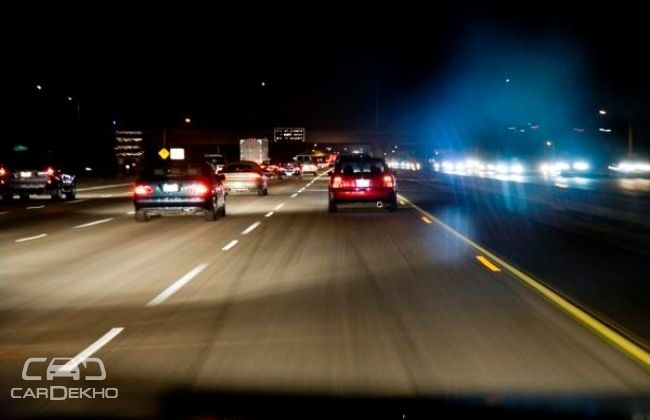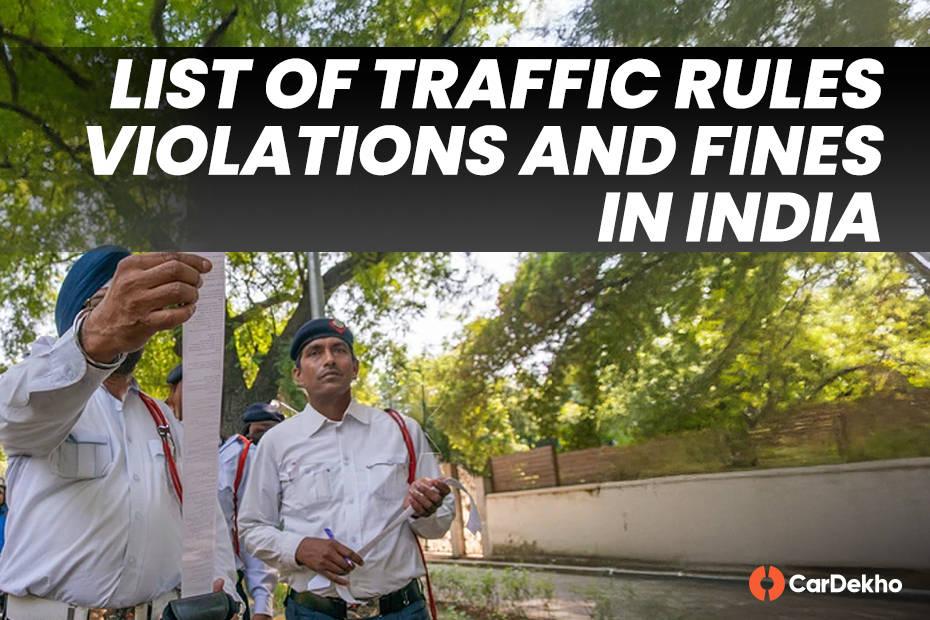How to Reduce High Beam Glare When Driving at Night?
Modified On Nov 24, 2015 07:03 PM By Ruchika
- 69K Views
- Write a comment

Driving at night becomes a daunting task as the fellow drivers may be driving tired, stressed or under the influence of drugs or alcohol. But the most prominent problem faced by almost every driver at night is the glare from the headlights of a car coming from the other side with high beams. A bright light coming from the opposite direction falls directly on our eyes and causes us to lose depth perception and our peripheral vision and pupils also dilate leading to blurriness. This temporary blindness often leads to accidents. Minimize the danger of night blindness while driving due to a significant reduction in visibility by following these handy tips.

1. Check your eyesight on a regular basis. If you wear spectacles or contact lenses, then keep them up-to-date. Also, using thin glass frames in the prescribed glasses is an effective measure to avoid night blindness to an extent.
2. With the growing age human eyes need more light to see the objects in the dim light therefore it is advisable to avoid night driving for the older people, and if it is inevitable then they should drive slowly.

3. Choose to drive on the slow lane on multilane highways as the light beams coming from the vehicles in the opposite fast lane may be high.
4. The simplest way to avoid night glare is to drive slow and adjust your speed to the reach of your headlights. This practice will help you to stop for an obstacle that are beyond the reaches of your headlights in the situation of complete darkness.

5. Avoid being blinded by the high beams that directly fall into your eyes. A simple solution is to look down toward the right side of the road to avoid getting blind momentarily. Concentrate on the edge of the lane or the painted edge line until the vehicle passes.

6. Keep your eyes moving and try not to focus on the middle area illuminated by your headlights. Take care of the sudden flashes of light from the oncoming vehicles at hilltops, around curves or at intersections.

7. Protect your eyes from the prolonged exposure to glare from sunlight or headlights as it temporarily affects your visibility at night. Wear sunglasses in daytime and take them off as soon as the sun sets. Rest for a while before driving at night, after a steady daytime driving.

8. Keep the windshields and glass surfaces clean from inside and outside to have a clear vision. Stains or dust particles on the glass scatter light and reduce vision on the roadway. Also keep the car headlights clean so that they work at an optimum level and provide proper visibility.
9. Focus on the sides or outlines of objects during the dim lights. Human eyes tend to take up images more clearly while concentrating on the edges of the object than by looking at it directly.

10. Align both the outside mirrors properly to reduce blind spots and glare from vehicles behind.

11. If available, change the rear view mirror to the"night" setting by flipping the small lever at the bottom of it.
12. Use your headlights proactively to ensure they are working properly. Turn them on at least an hour before sunset and let them be on at least one hour after sunrise and also use them on a cloudy or rainy day.
Also Read :
4 out of 4 found this helpful











